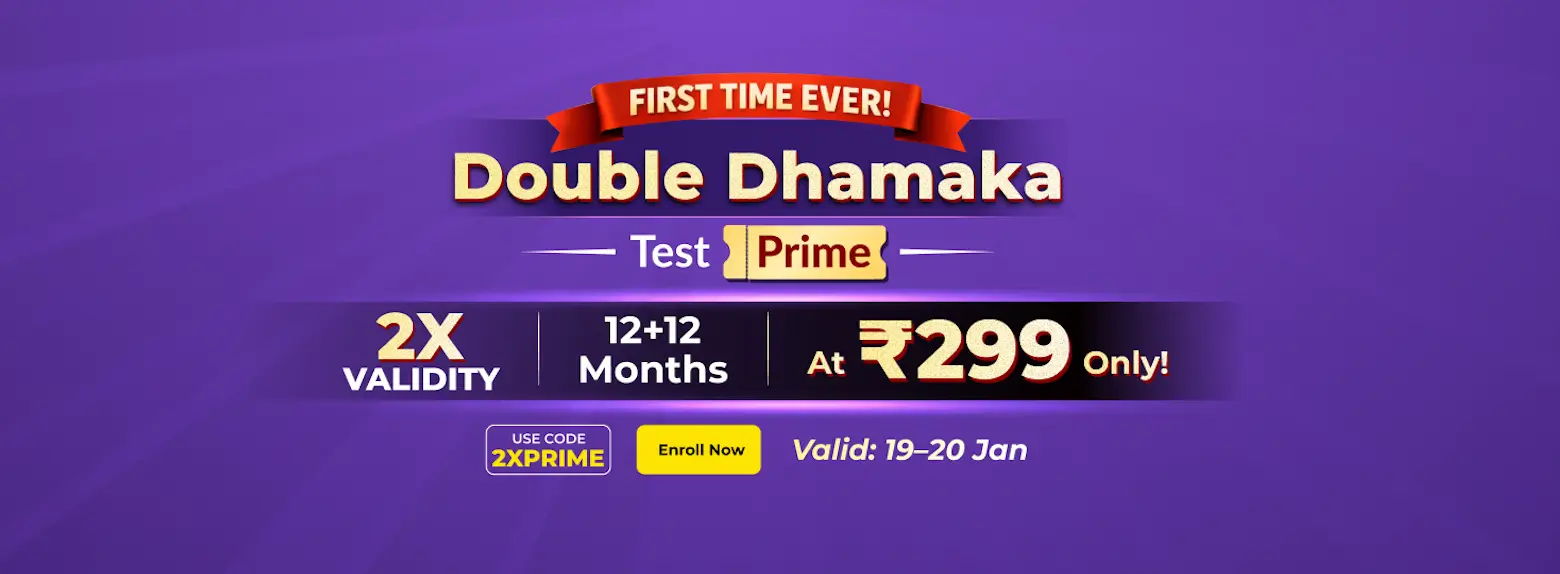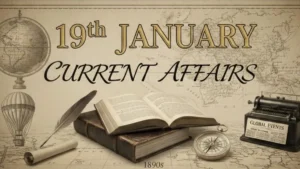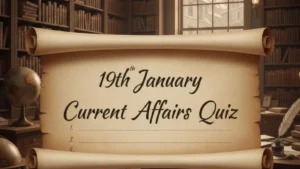Dear Aspirants,
Reasoning Questions for NIACL AO PHASE II Exam 2019:
Reasoning Ability is an onerous section. With the increasing complexity of questions, it becomes hard for one to give it the cold shoulder. The only way to make the grade in this particular section in the forthcoming banking exams like NIACL AO PHASE II is to practice continuously with all your heart and soul. And, to let you practice with the best of the latest pattern questions, here is the Adda247 Reasoning Quiz based on the exact same pattern of questions that are being asked in the exams.
Directions (1-5): Study the following information carefully and answer the question given below.
Eight persons M, N, O, P, Q, R, S and T are seated in a row, some of them are facing towards north direction and some of them are facing towards south direction and they also like different games i.e. Ludo, Pubg, Golf, Chess, Candy crush, Soccer, Cricket and GTA (not necessarily in same order). The one who likes ludo is an immediate neighbor of the one who likes Candy crush.
O sits fourth to the right of the one who likes chess. There are only four persons sit between N and the one who likes soccer. O and P facing same direction but opposite to N. Q, who likes GTA is an immediate neighbor of S and does not face south. There are only two persons sit between S and N who is not an immediate neighbor of M. S sits fourth to the right of M who is facing north direction. N is facing north. The one who likes Pubg facing north and sits fourth to the right of the one who likes cricket. T faces opposite direction to R, who faces same as Q. T likes Candy crush and sits second to the left of S. R sits second to the right of M.
Q1. Who among the following likes golf ?
T
N
O
R
P
Q2. Who among the following sits immediate right of the one who likes soccer ?
S
Q
the one who like Pubg
T
N
Q3. Who among the following likes cricket ?
T
S
Q
P
O
Q4. Four of the following five are alike in a certain way and hence they form a group. Which one of the following does not belong to that group?
P
T
S
M
O
Q5. Who among the following sits third to the right of the one who likes chess ?
the one who like ludo
Q
the one who like soccer
S
T
Directions (6-10): In these questions symbols >, =, <, ≤ and ≥ are used with different meanings as follows:
‘M > N’ means ‘M is smaller than N’
‘M= N’ means ‘M is either smaller than or equal to N’
‘M < N’ means ‘M is greater than N’
‘M ≤ N’ means ‘M is either greater than or equal to N’
‘M ≥ N’ means ‘M is neither smaller than nor greater than N’
In each of the following questions assuming the given statements to be true, find out which of the two conclusions I and II given below them is/are definitely true. Give answer
Q6. Statements:
V = S > L> J
Conclusions:
I. V> L
II. S > J
if only conclusions I is true.
if only conclusions II is true.
if either conclusion I or conclusion II is true.
if neither conclusion I nor conclusions II is true.
if both conclusions I and II are true.
Solution:
V≤S<L<J
(I) V<L(True)
(II) S<J(True)
Q7. Statements:
M = R > J = H
Conclusions:
I. M = H
II. R > H
if only conclusions I is true.
if only conclusions II is true.
if either conclusion I or conclusion II is true.
if neither conclusion I nor conclusions II is true.
if both conclusions I and II are true.
Solution:
M≤R<J
(I) M≤H(False)
(II) R<H(True)
Q8. Statements:
H ≤ F ≥ G < M
Conclusions:
I. H < M
II. H < G
if only conclusions I is true.
if only conclusions II is true.
if either conclusion I or conclusion II is true.
if neither conclusion I nor conclusions II is true.
if both conclusions I and II are true.
Solution:
H≥F=G>M
(I) H>M(True)
(II) H>G(False)
Q9. Statements:
R > J < T = L
Conclusions:
I. R ≥ T
II. J ≥ L
if only conclusions I is true.
if only conclusions II is true.
if either conclusion I or conclusion II is true.
if neither conclusion I nor conclusions II is true.
if both conclusions I and II are true.
Solution:
R<J>T≤L
Q10. Statements:
W ≥ T ≤ K < F
Conclusions:
I. W ≤ K
II. W ≥ K
if only conclusions I is true.
if only conclusions II is true.
if either conclusion I or conclusion II is true.
if neither conclusion I nor conclusions II is true.
if both conclusions I and II are true.
Solution:
W=T≥K>F
(I) W≥K(True)
(II) W=K(False)
Directions (11-15): In each of the questions given below, a group of digits is given followed by four combinations of letters/ symbols numbered. You have to find out which of the four combinations correctly represents the group of digits based on the letter/ symbol codes and the conditions given below. If none of the four combinations represents the group of digits correctly, give (e) i.e. ‘None of these’ as the answer.
Condition for coding the group digits:
(i). If the first number is even and last letter is vowel, then the codes for the first and the last digits are to be interchanged.
(ii). If the first as well as the last letter is consonant, then both are to be coded by the code for the fourth letter.
(iii). If the first as well as the last number is odd, then both are to be coded by the code for the last number.
(iv). If the first number is odd and last letter is consonant, then both are to be coded by the code for the first number.
Q11. 5A8DCB9
>&≥≤*%>
N&≥≤%*>
>&≥≤%*N
>&≥≤%*>
None of these
Solution:
Condition (iii) applies
Q12. E31VI8D
≤!∆</≥≤
=!∆/<≥≤
=!∆</≥≤
=!∆</≥!
None of these
Solution:
None of the conditions are applied.
Q13. C9AV32B
%>&<!+<
<>&<!+<
<<&<!+<
%>&<!+*
None of these
Solution:
Condition (ii) applies
Q14. 8A9D1IE
=&≤>∆/≥
=&>≤∆=
≥&>≤∆=
=&>≤∆/≥
None of these
Solution:
Condition (i) Applies.
Q15. 3BD8ACV
!*≤≥%&!
!*≤≥&%!
!*≤*&%!
!*=≥&%!
None of these
Solution:
Condition (iv) Applies.





 19th January, 2026 Current Affairs (Dail...
19th January, 2026 Current Affairs (Dail...
 Daily Current Affairs Quiz 19th January,...
Daily Current Affairs Quiz 19th January,...
 IBPS SO Syllabus & Exam Pattern 2026...
IBPS SO Syllabus & Exam Pattern 2026...








